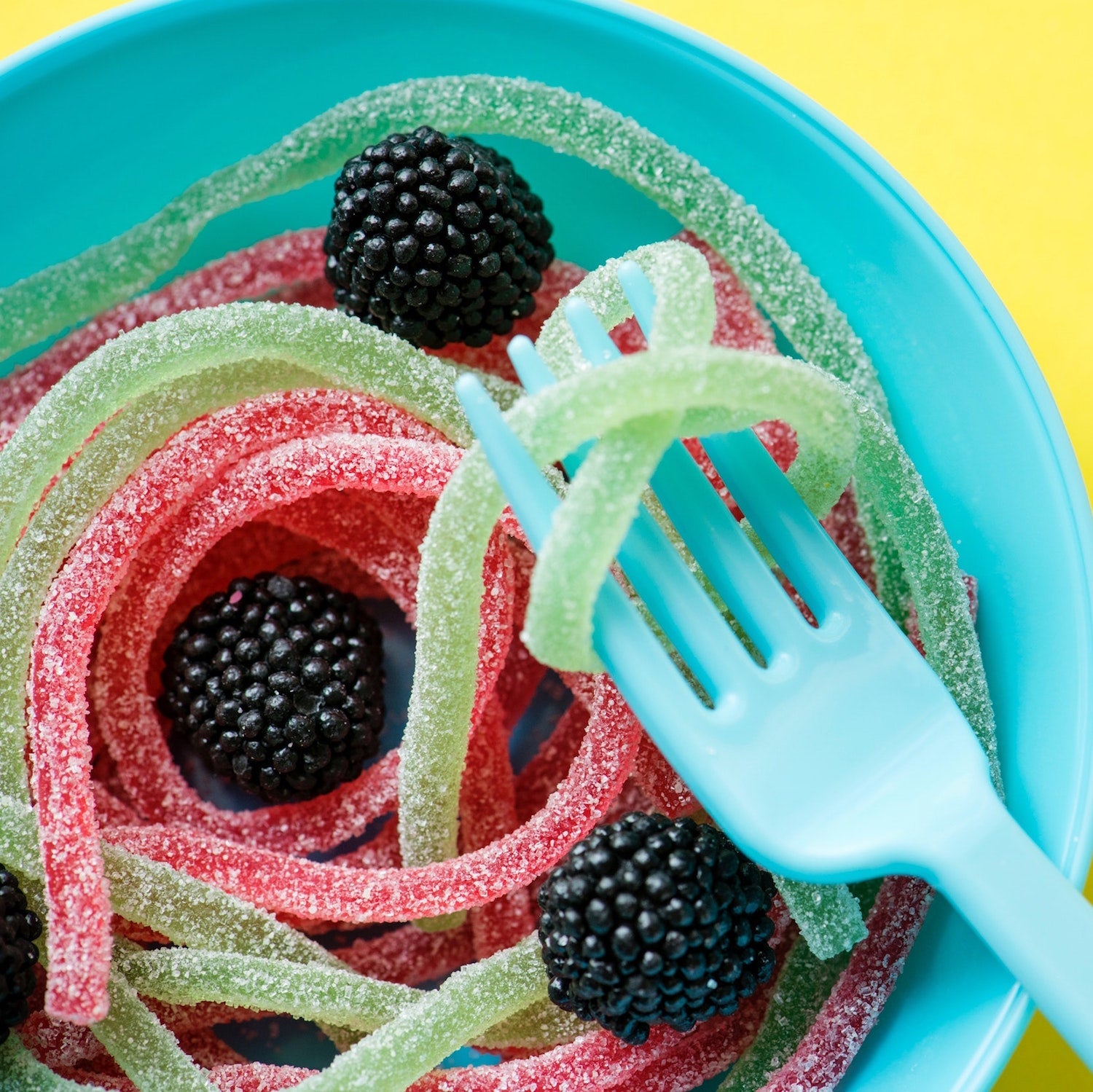Sugar: Skin’s Biggest Enemy
We all know that sugar has a negative effect on our waistline and teeth but what most of us don’t realize is that sugar also has an effect on our skin- and it’s not so sweet. It’s called Gycation.
What is “Glycation”? A natural process where an overabundance of sugar molecules in the blood (due to excess sugar in the diet) literally sticks to collagen and elastin fibers, causing inflammation and a stiffening of the fibers. The collagen and elastin network becomes brittle and eventually the fibers begin to snap, resulting in a loss of elasticity and firmness in the skin.
There are 2 types of Glycation:
Endogenous glycation - inside the body
A diet high in sugary processed foods leads to an overabundance of sugar in the blood, creating harmful AGE molecules which trigger inflammation and damage. AGE is more than just a number, it stands for ADVANCED GLYCATION END –PRODUCTS (what a coincidence that it spells itself out as the word “AGE”.
Exogenous glycation- outside the body
Any food with sugar combined with fats and protein and cooked over very high heat will form AGEs that are absorbed during digestion. Examples; french fries, barbecued foods seared meats etc. Besides damaging collagen, a high sugar diet also affects what type of collagen you have – another factor in how resistant skin is to wrinkling
Let me explain further; there are 3 types of collagen I, II and lll
Type lll is the most stable and longest lasting. Glycation reduces type lll collagen into type l collagen which is more fragile and less stable; as a result, skin is more prone to wrinkling.
The final blow: AGE’s deactivate your body’s natural anti-oxidant enzymes , leaving you more vulnerable to sun damage- still the main cause of skin aging.
The good news about sugar, damaged skin: It’s never too late to turn back the clock. To keep collagen supple and prevent AGE from forming, take steps to eat right and keep your skin looking youthful.
-
Watch out for sugar hidden foods. Manufactures frequently hide sugar ingredients in prepared food labels by using different names. Words that end in “ose” such as dextrose, maltose, glucose and fructose, it is still sugar. By cutting out sugar you’ll see both skin and health improvement. Instead of rewarding yourself with a candy bar, think of rewarding yourself with new improved skin and a longer, healthier life.
-
Supplement your diet with at least 1mg of Vitamins B1 and B6 a day. These vitamins proved to be AGE inhibitors in a number of studies says, Dr David J. Goldberg , MD a N.Y. based dermatologist and clinical professor of Dermatology at Mount Sinai School of medicine. Wear broad spectrum sunscreen daily, rain or shine.
- The best advice for already damaged skin is to start prevention now. It’s never too early or too late to begin prevention.
Follow tips below:
- Exfoliate regularly to add radiance to the skin and get in the habit of applying sunscreen ½ hour before you leave your house or office.
- Never leave the house without sunscreen. Wear broad spectrum sunscreen daily, at least a minimum of SPF 30, rain or shine. UVA comes through car windshield and office windows and penetrates through clouds.
- Change all halogen light bulbs in the house and replace them with standard bulbs. Eat low sugar diet.
- Add anti-oxidant foods to your diet. These free radical fighters help to keep sugar from attaching to proteins , so replenishing their supply, both by eating more anti-oxidant rich fruits such as nuts and vegetables, cranberries, walnuts and red bell peppers is a real skin saver.
- Use products that contain anti-inflammatory properties by applying topical anti-oxidants such as Vitamin “C” and “E” during the day and at night use peptides or a retinol cream to increase collagen production which are real skin savers.


Share:
Must-Know Skincare Facts
How To Determine Your Skin Type